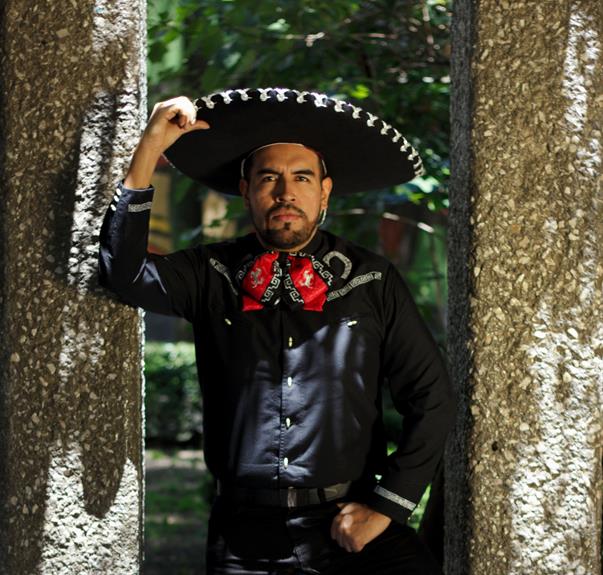
I have to tell you, Spain knows how to throw a party! Their vibrant contemporary cultural festivals are off the charts. From the messy fun of La Tomatina to the flamenco-filled Feria De Abril, there’s never a dull moment. And let’s not forget the adrenaline rush of the San Fermín Running of the Bulls. Brace yourself for the grand processions of Semana Santa and the fiery spectacle of Las Fallas Festival. Get ready to immerse yourself in a whirlwind of culture and celebration!

Table of Contents
Key Takeaways
- La Tomatina Festival is an annual event in Spain that involves a massive tomato fight in Buñol.
- Feria De Abril is a traditional celebration in Seville that includes lively Flamenco music and dance, colorful lanterns, and traditional attire.
- The San Fermín Running of the Bulls is a centuries-old tradition in Pamplona that requires caution but provides an adrenaline rush and has historical origins.
- Semana Santa Processions are a deep-rooted tradition in Spain that showcases elaborate costumes, a powerful spiritual atmosphere, and symbolic floats depicting scenes from the Passion of Christ.
- Las Fallas Festival in Valencia is a colorful and lively celebration that features impressive sculptures made of paper-mâché and wood, satirical or humorous scenes depicted in fallas, and culminates with the fellas burning, symbolizing spring’s arrival.
La Tomatina Festival
The La Tomatina Festival is an annual event in Spain where participants engage in a massive tomato fight. This unique festival tradition occurs on the last Wednesday of August in Buñol. Thousands of people worldwide gather together to throw tomatoes at each other, creating a vibrant and chaotic scene. The festival’s origins are unclear, but it is believed to have started in 1945 when a group of young people decided to engage in a spontaneous tomato fight during a parade. Over the years, La Tomatina has become one of Spain’s most famous festivals, attracting tourists and locals alike. The event is not just about throwing tomatoes. It is a celebration of joy, camaraderie, and the joy of getting messy playfully and harmlessly.
Feria De Abril
One of my favorite vibrant contemporary cultural festivals in Spain is the Feria De Abril.
Here are four reasons why I love it:
- Traditional Andalusian celebration: The Feria De Abril is a traditional Andalusian celebration in Seville every April. It is a week-long event with colorful costumes, horse parades, and traditional food and drinks.
- Flamenco music and dance: The Feria De Abril is known for its lively Flamenco music and dance performances. The streets of Seville come alive with the sounds of guitars and the rhythmic clapping and stomping of Flamenco dancers.
- Festive atmosphere: The Feria De Abril creates a contagious festive atmosphere. The streets are decorated with colorful lanterns, and people gather in casetas (marquees) to socialize, dance, and enjoy delicious tapas and drinks.
- Traditional attire: During the Feria De Abril, men and women dress in traditional Andalusian attire. Women wear beautiful flamenco dresses with colorful ruffles, and men don suits and hats. The traditional attire adds to the charm and authenticity of the festival.
The Feria De Abril is a genuinely enchanting celebration that showcases the rich cultural heritage of Andalusia and leaves you with unforgettable memories.
San Fermín Running of the Bulls
I love experiencing the thrill of the San Fermín Running of the Bulls. This centuries-old tradition in Pamplona, Spain, is both exhilarating and steeped in rich historical origins. The event dates back to the 14th century and is held in honor of San Fermín, the patron saint of Navarra. However, as thrilling as it may be, safety concerns have become significant in recent years. With thousands of participants and spectators flooding the streets, there is always a risk of accidents and injuries. Organizers have implemented safety measures such as reinforced barricades and increased medical staff presence to address these concerns. While the adrenaline rush is undeniable, it is crucial to prioritize safety and caution during this iconic event.
Semana Santa Processions
Attending the Semana Santa processions, filled with elaborate floats and religious fervor, is a captivating experience. Here are four reasons why these processions hold such cultural significance in Spain:
- Deep-rooted Tradition: Semana Santa processions date back centuries and are deeply ingrained in Spanish culture. They offer a glimpse into the country’s rich religious heritage.
- Religious Devotion: The processions reflect the devout Catholicism in Spain. Participants showcase their faith by carrying religious statues and symbols through the streets, creating a powerful spiritual atmosphere.
- Elaborate Costumes: The traditional attire worn during Semana Santa processions is a sight to behold. Participants dress in intricate robes, hoods, and capes, adding to the visual spectacle.
- Symbolic Floats: The floats, known as pasos, are the centerpiece of the processions. These meticulously crafted structures depict scenes from the Passion of Christ, allowing spectators to engage with the religious narrative.
Semana Santa processions are a unique blend of tradition, faith, and artistry, making them an integral part of Spain’s cultural tapestry.
Las Fallas Festival
Continuing from the Semana Santa processions, Spain’s next vibrant contemporary cultural festival is the Las Fallas Festival. This annual event occurs in Valencia, known for its colorful and lively celebrations. One of the main traditions of Las Fallas is the creation and display of impressive sculptures made of papier-mâché, wood, and other materials. These sculptures, known as fallas, can reach the heights of several stories and often depict satirical or humorous scenes. The city streets are filled with these elaborate sculptures throughout the festival, creating a unique and festive atmosphere. On the festival’s final night, the fallas are set on fire in a spectacular display, symbolizing the end of winter and the arrival of spring. Las Fallas Festival is a true testament to the rich cultural traditions of Spain.
Frequently Asked Questions
How Did the La Tomatina Festival in Spain Originate, and What Is Its Historical Significance?
The La Tomatina festival in Spain originated as a spontaneous tomato fight among friends. Over the years, it has become a cultural phenomenon, attracting thousands of participants worldwide. Its historical significance lies in its celebration of fun and unity.
What Are Some Recommended Tips for Tourists Attending the Feria De Abril in Spain?
When attending Feria de Abril in Spain, planning ahead and arriving during the peak festivities is best. My tips include embracing the vibrant atmosphere, trying traditional food and drinks, and immersing yourself in the local culture.
How Long Is the San Fermín Running of the Bulls Event, and What Is the Route?
The San Fermín running of the bulls event in Spain lasts for nine days and covers a route of approximately 825 meters through the streets of Pamplona. It’s an exhilarating and intense experience.
Can You Explain the Significance of the Semana Santa Processions in Spain’s Religious Calendar?
The Semana Santa processions in Spain hold great significance in the religious calendar and have a profound cultural impact. The parades’ elaborate floats and solemn atmosphere are a profoundly cherished tradition for locals and tourists.
What Unique Traditions or Rituals Are Associated With the Las Fallas Festival in Spain?
Unique traditions and rituals are integral to the Las Fallas festival in Spain. From the creation and burning of elaborate sculptures to the lively street parades, this festival showcases the vibrant culture of Spain.




Leave a Reply
You must be logged in to post a comment.